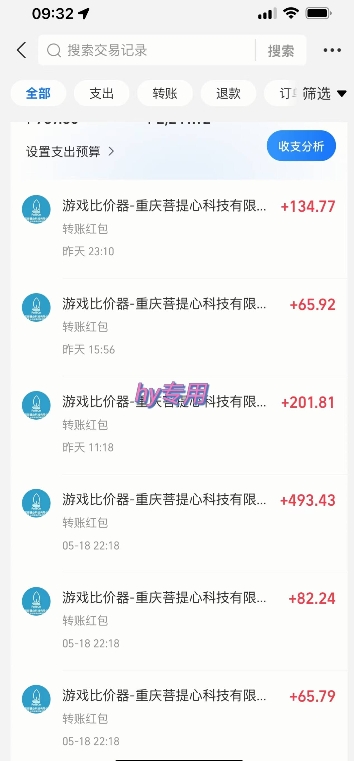
使用go語言操控linux iptables防火墻規則
Linux系統中的iptables是強大的防火墻工具,用于管理網絡流量。 雖然命令行操作iptables很方便,但在程序中自動化管理iptables規則更有效率。本文介紹如何在Go語言中實現對iptables的增刪查改操作。
Go語言中,有兩個主要庫可用于操作iptables:go-iptables和iptables-go。
go-iptables庫
go-iptables庫提供豐富的iptables操作方法,包括添加、刪除和查詢規則等。 以下示例演示如何使用go-iptables插入一條iptables規則:
package main import ( "fmt" "github.com/coreos/go-iptables/iptables" ) func main() { ipt, err := iptables.New() if err != nil { fmt.Println("Error creating iptables object:", err) return } err = ipt.Insert("Filter", "input", 1, "-p", "tcp", "-m", "tcp", "--dport", "80", "-j", "ACCEPT") if err != nil { fmt.Println("Error inserting rule:", err) return } fmt.Println("Rule inserted successfully.") }
這段代碼創建一個iptables對象,并在filter表的INPUT鏈的第一個位置插入一條規則,允許TCP 80端口的流量通過。
立即學習“go語言免費學習筆記(深入)”;
iptables-go庫
iptables-go庫提供更高級的iptables操作,允許更精細地控制iptables表、鏈和規則。 以下示例使用iptables-go添加規則:
package main import ( "fmt" "github.com/corestone/iptables-go" ) func main() { ipt := iptables.New() err := ipt.append("filter", "INPUT", []string{"-p", "tcp", "-m", "tcp", "--dport", "80", "-j", "ACCEPT"}) if err != nil { fmt.Println("Error appending rule:", err) return } fmt.Println("Rule appended successfully.") }
這段代碼同樣在filter表的INPUT鏈添加一條規則,允許TCP 80端口流量通過,但使用了iptables-go的Append方法。
通過這些庫,您可以方便地在Go語言程序中實現對Linux iptables鏈表的自動化管理,從而實現更精細的網絡管理和安全控制。 記住在使用前安裝相應的庫:go get github.com/coreos/go-iptables/iptables 或 go get github.com/corestone/iptables-go。
? 版權聲明
文章版權歸作者所有,未經允許請勿轉載。
THE END



















